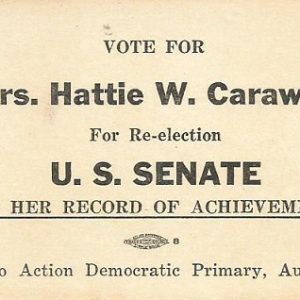 Hattie Caraway Card
Hattie Caraway Card
Entry Category: Civil Rights and Social Change
 Hattie Caraway Card
Hattie Caraway Card
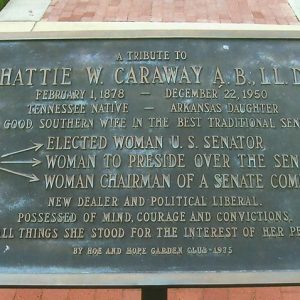 Caraway Tribute
Caraway Tribute
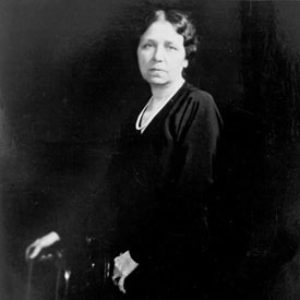 Hattie Caraway
Hattie Caraway
Caraway, Hattie
 Hattie and Thaddeus Caraway
Hattie and Thaddeus Caraway
 Hattie Caraway Appointment Certificate
Hattie Caraway Appointment Certificate
 Carroll County Lynching Article
Carroll County Lynching Article
Carter, Allen (Lynching of)
Carter, John (Lynching of)
aka: Lonnie Dixon (Execution of)
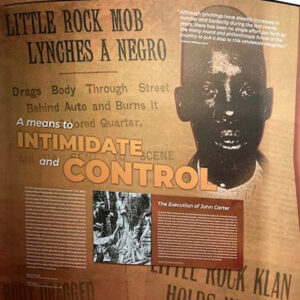 John Carter Display
John Carter Display
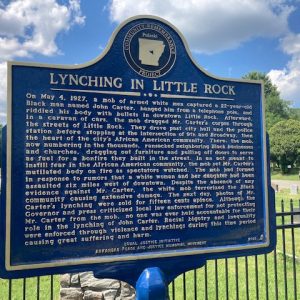 John Carter Memorial
John Carter Memorial
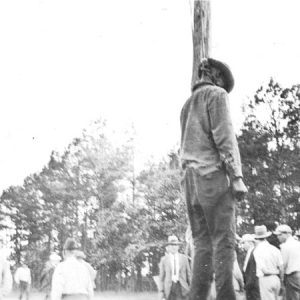 John Carter Lynching
John Carter Lynching
Catcher Race Riot of 1923
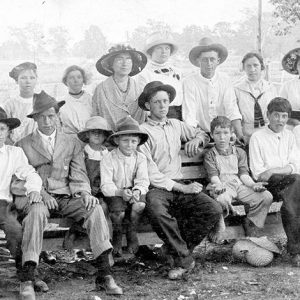 Catcher School
Catcher School
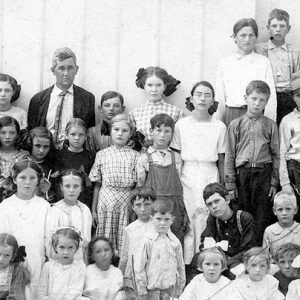 Catcher School
Catcher School
Cates, Sam (Lynching of)
 Sam Cates Lynching Article
Sam Cates Lynching Article
Central Arkansas Development Council
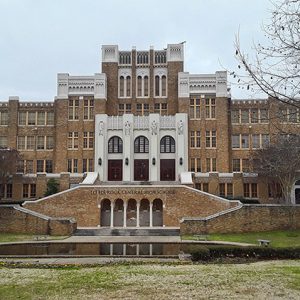 Central High School
Central High School
Central High School Neighborhood Historic District
Central High School, Desegregation of
aka: Crisis at Central High
aka: Little Rock Desegregation Crisis
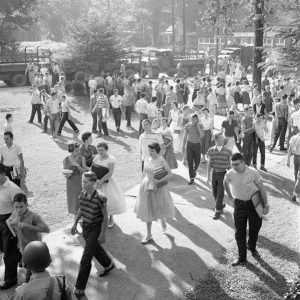 Central High Students
Central High Students
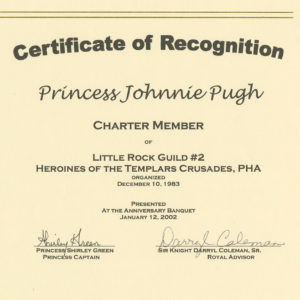 Certificate of Appreciation
Certificate of Appreciation
 Certificate of Completion
Certificate of Completion
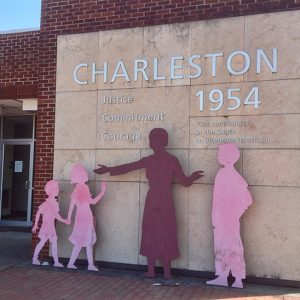 Charleston Desegregation Exhibit
Charleston Desegregation Exhibit
Charleston Schools, Desegregation of
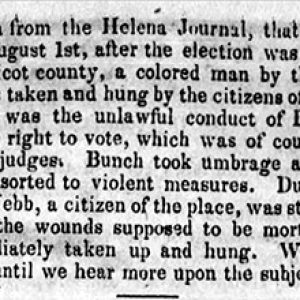 Chicot County Lynching Article
Chicot County Lynching Article
Chicot County Lynching of 1836
aka: Bunch (Lynching of)
Chicot County Race War of 1871
aka: Chicot County Massacre
 LeRoy Christophe
LeRoy Christophe
Civil Rights and Social Change
Civil Rights Movement (Twentieth Century)
Clarendon Lynching of 1898
 Herbert V. Clark
Herbert V. Clark
Clark, Mamie Katherine Phipps
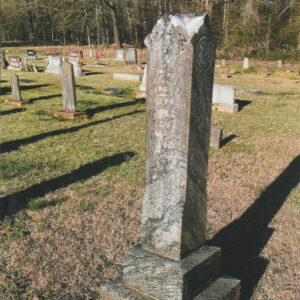 Clay Patton Grave
Clay Patton Grave
 Eldridge Cleaver
Eldridge Cleaver
Cleaver, Leroy Eldridge
Clergy Sexual Abuse
Coal Hill Convict Lease Investigation (1888)
Coleman, Ed “Sweat”
College Station Freedom School
 Colored Deaf Mute Institute
Colored Deaf Mute Institute
 Comer Article
Comer Article
 Comer Speech Response
Comer Speech Response
Comer, James A.
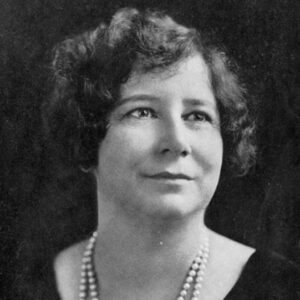 Robbie Gill Comer
Robbie Gill Comer
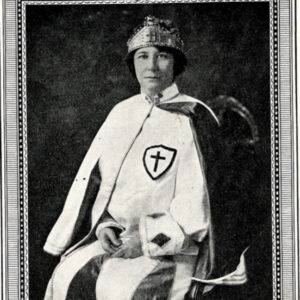 Robbie Gill Comer
Robbie Gill Comer




